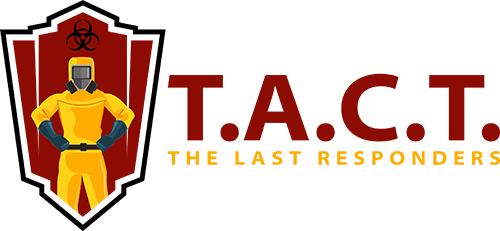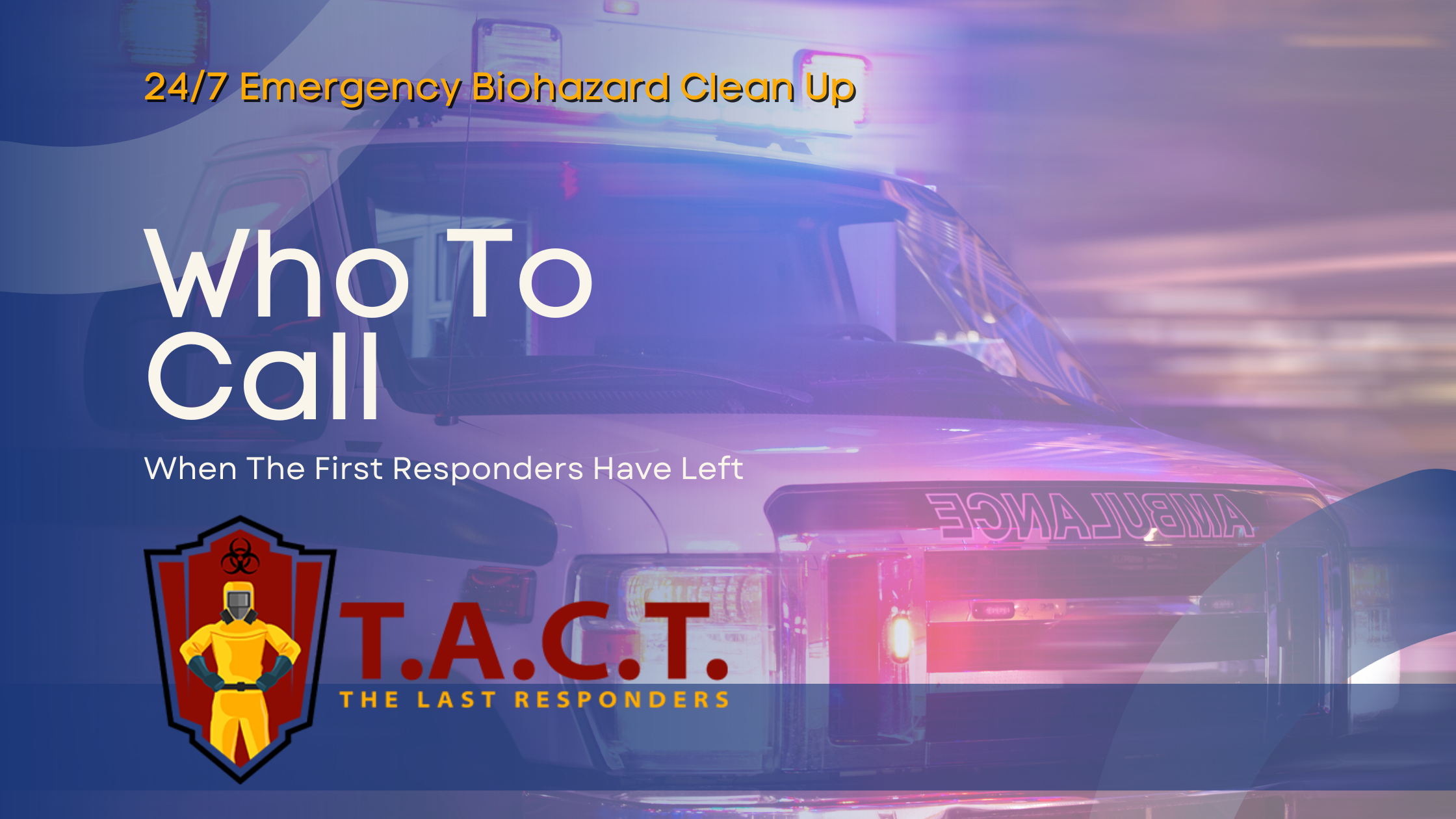Professional Rodent Cleanup Service
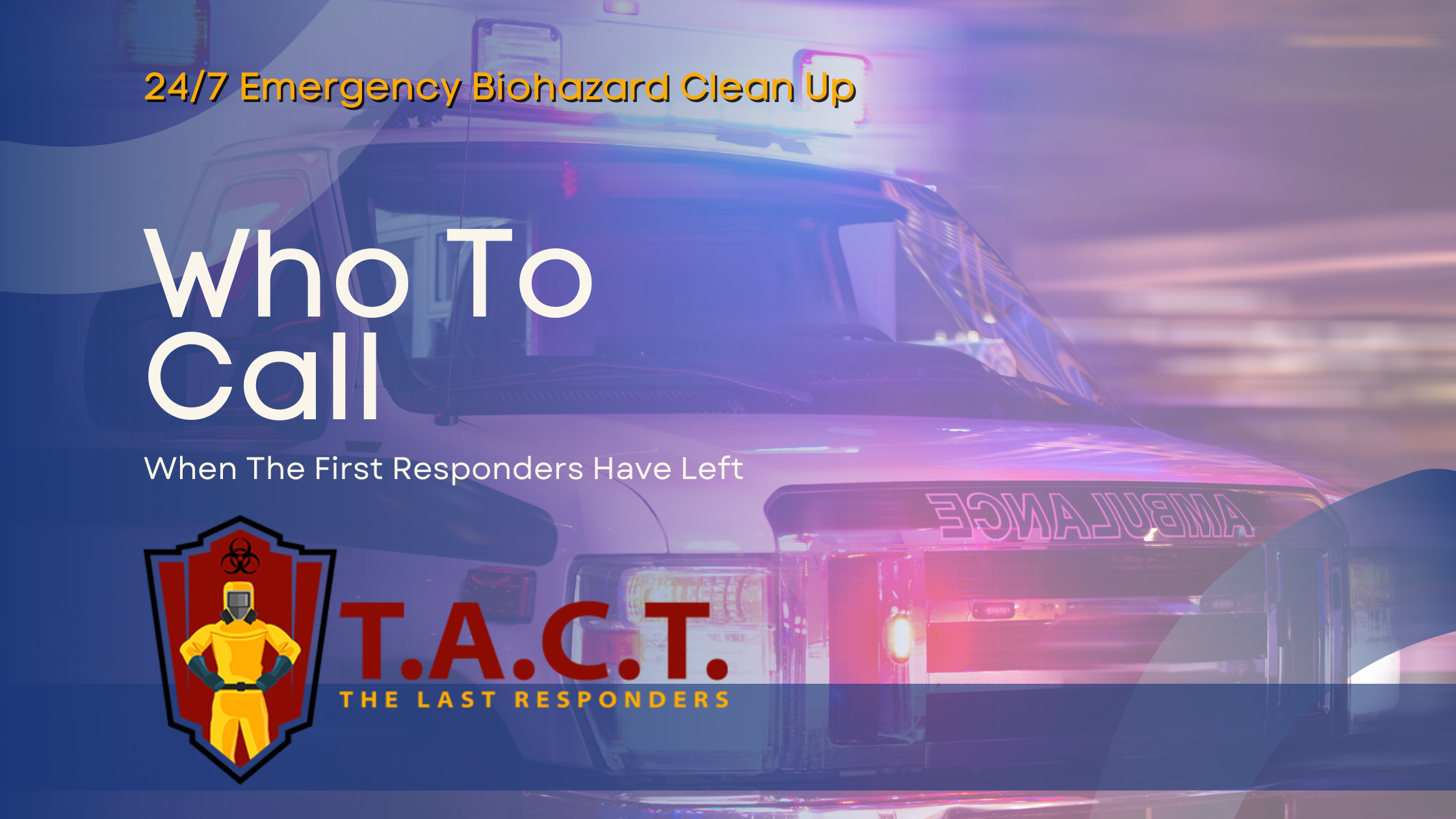
Professional Rodent Cleanup Service: Complete Waste Removal & Sanitization
When rodents invade your property, removing the pests is only half the battle. The real danger often lies in what they leave behind—contaminated droppings, urine, nesting materials, and potentially deadly pathogens that can remain infectious for months. While a pest removal company focuses on eliminating the rodent population, a specialized rodent cleanup service addresses the biohazard contamination that poses serious health risks to humans and pets.
In addition to rodents, professional rodent cleanup services also address contamination from other animals and insects, which can contribute to disease transmission and increase biohazard risks.
Professional rodent waste cleanup goes far beyond simple cleaning. It requires specialized equipment, trained professionals, and hospital-grade disinfection protocols to safely eliminate the disease-carrying materials that rodents leave throughout your property. From minor inconvenience to major pest infestation scenarios, proper cleanup is essential for protecting your family’s health and preventing future infestations.
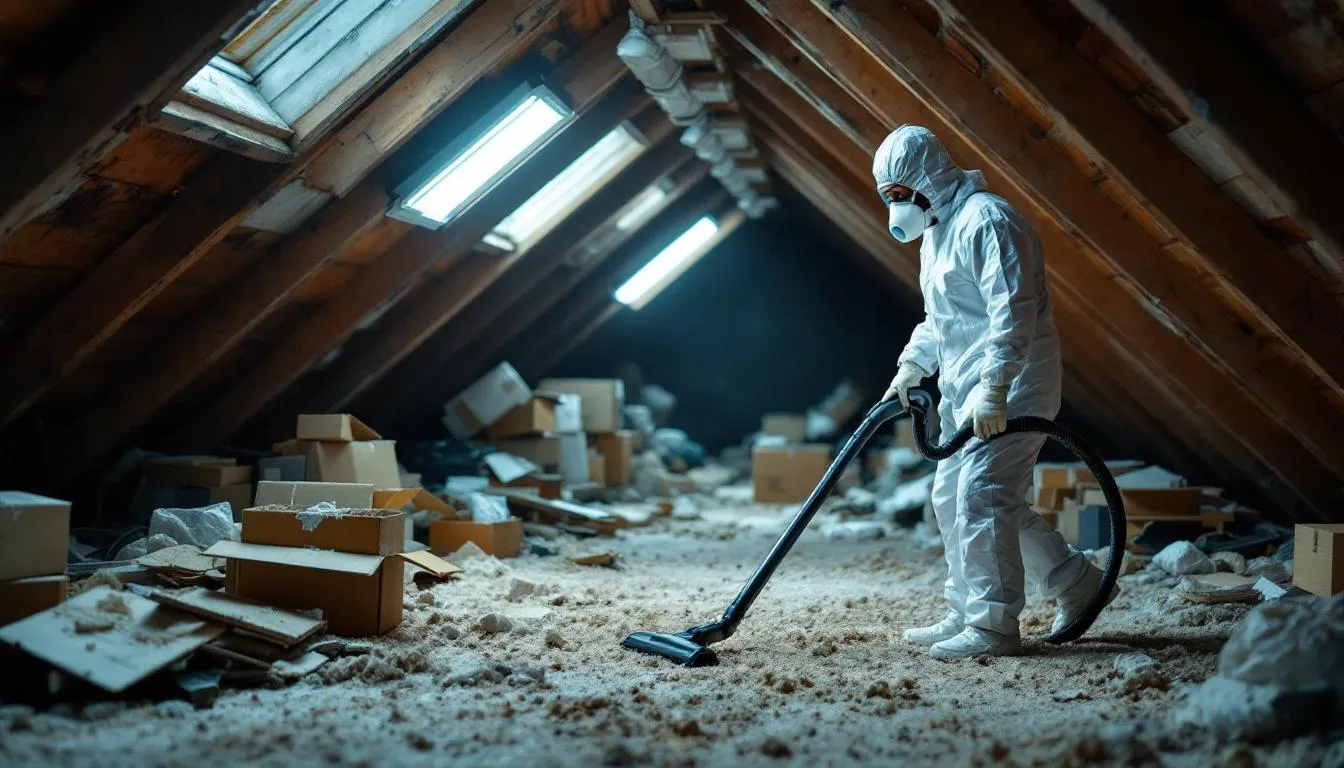
What is Rodent Cleanup Service?
A professional rodent cleanup service safely removes rodent droppings, urine, nesting materials, and dead rodents from contaminated properties using specialized biohazard protocols. Technicians always wear rubber or plastic gloves as part of their protective equipment to prevent contamination and disease transmission during the removal of rodent waste. Unlike standard cleaning services, expert rodent cleanup technicians are trained to handle infectious animal waste without spreading dangerous pathogens throughout your living or working environment.
The specialized cleaning process involves commercial HEPA equipment that household vacuums cannot match, hospital-grade disinfectants that eliminate viruses and bacteria, and complete decontamination procedures that restore affected areas to safe occupancy standards. Trained professionals understand that disturbing rodent waste improperly can spread bacteria and viral diseases through the air, potentially causing respiratory infections and other serious health complications. Removing droppings is a key part of the professional process, and technicians use proper methods and equipment to ensure safe and effective cleanup.
Professional rodent cleanup services conduct ATP testing after cleaning to verify proper disinfection before declaring areas safe for occupancy. This scientific validation ensures that all traces of contamination have been eliminated, something impossible to achieve with standard cleaning methods or DIY approaches.
The process involves complete decontamination and sanitization of areas affected by mice, rats, and other rodent infestations. From attic spaces filled with rodent feces to kitchen areas contaminated with urine stains, professional services address every aspect of rodent waste contamination using industry-approved safety protocols.
Health Risks of Rodent Contamination
Rodent waste carries over 35 dangerous diseases including hantavirus pulmonary syndrome, which can be fatal to humans even in small exposure amounts. The Centers for Disease Control and Prevention warns that both the interior spaces and exterior areas contaminated by rodent activity pose significant health threats that require immediate professional attention.
Bacteria and viruses in droppings become airborne when disturbed during improper cleanup attempts. These microscopic particles contaminate air and spread through HVAC systems, potentially exposing entire households or workplaces to infectious agents. Common diseases transmitted through rodent waste include rat bite fever, salmonella, leptospirosis, and lymphocytic choriomeningitis virus.
Mouse urine and droppings trigger allergies in approximately 35% of homes and worsen asthma symptoms, especially in children whose immune systems are still developing. The proteins found in rodent waste and saliva can cause severe allergic reactions that persist long after the initial infestation has been controlled by pest control measures.
Disease transmission occurs through multiple pathways: direct contact with contaminated surfaces, breathing airborne particles released during cleanup, consuming food contaminated by rodent waste, or bites from infected parasites like fleas and ticks that live on rodents. Even minimal exposure to fresh or dried rodent droppings can result in serious illness, making professional cleanup essential for health protection.
After handling contaminated materials, it is important to wash hands thoroughly with soap and water. If soap and water are not available and hands are not visibly soiled, use a waterless alcohol based hand sanitizer to maintain proper hygiene and reduce the risk of disease transmission.
The health risks extend beyond immediate infection concerns. Prolonged exposure to rodent contamination can lead to chronic respiratory problems, persistent allergic reactions, and compromised immune system function. Property owners who attempt DIY cleanup often unknowingly spread contamination throughout their properties, creating larger health hazards than the original infestation.
Understanding Pest Waste
Pest waste, particularly from rodents, is more than just an unsightly nuisance—it’s a serious health hazard for both humans and pets. Rodent droppings, urine, and nesting materials can carry bacteria, viruses, and parasites that are easily transmitted through direct contact or even by inhaling dust particles contaminated with rodent waste. These pathogens can cause a range of illnesses, from mild allergic reactions to severe diseases.
Because rodent waste can carry bacteria and parasites that linger long after the rodents are gone, pest waste cleanup must be handled with extreme caution. Wearing rubber gloves and a mask is essential to minimize exposure during any cleanup process. Attempting to clean up pest waste without proper protection or training can inadvertently spread contamination, increasing health risks for everyone in the property.
Professional pest waste cleanup services, such as those provided by Steri-Clean, are equipped to safely remove rodent droppings, urine, and nesting materials. Their trained technicians use specialized protocols to ensure that all waste is thoroughly removed and the area is left clean and safe. By relying on experts for pest waste removal, you protect your family, pets, and property from the hidden dangers that rodent waste can pose.
Identifying Rodent Infestations
Early identification of rodent infestations is key to preventing the spread of diseases and limiting property damage. Common signs of rodent activity include the presence of droppings, urine stains, and shredded nesting materials in hidden or hard-to-reach areas. You may also notice gnaw marks, unusual odors, or scratching sounds within walls, attics, or basements.
Rodents such as rats and mice are notorious for carrying diseases like hantavirus, rat bite fever, and salmonellosis. These illnesses can be transmitted to humans through contact with contaminated food, water, or surfaces. That’s why a thorough inspection of your property is essential. Inspect attics, basements, crawl spaces, and wall voids for evidence of rodent activity, including fresh droppings, urine stains, and nests made from paper, fabric, or insulation.
A comprehensive inspection not only helps confirm the presence of rodents but also determines the extent of the infestation. By identifying all affected areas, you can ensure that cleanup efforts are targeted and effective, reducing the risk of ongoing contamination and future infestations.
Professional Rodent Cleanup Process
Professional rodent cleanup follows strict biohazard protocols that protect both technicians and property occupants from disease transmission. The comprehensive process ensures complete removal of all contaminated materials and proper disinfection of affected areas using commercial-grade equipment and EPA-approved disinfectants.
Technicians must also remove gloves carefully after handling contaminated materials to prevent the spread of germs.
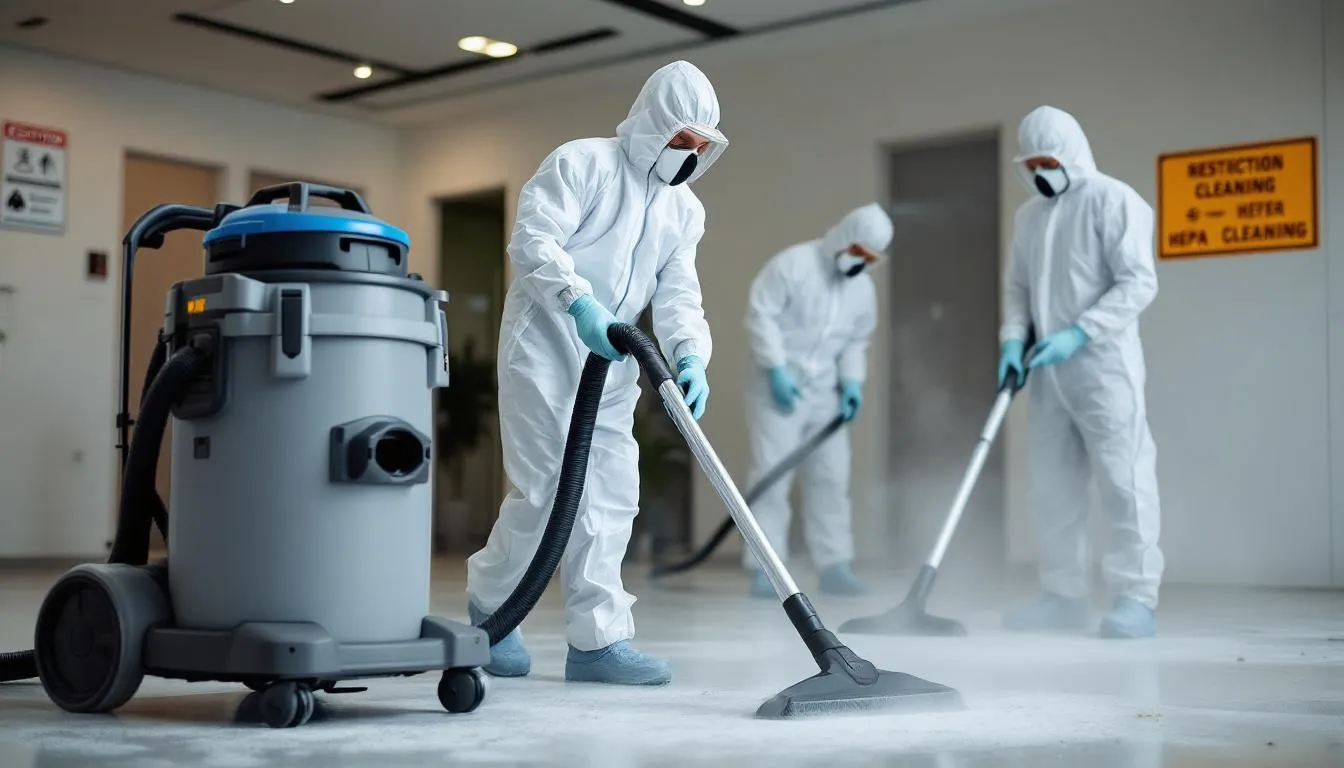
Site Inspection and Assessment
A thorough inspection begins the professional cleanup process, with technicians examining attics, crawl spaces, basements, walls, and HVAC ducts to identify all contaminated areas. This comprehensive assessment goes beyond visible contamination to locate hidden rodent activity using specialized detection equipment and UV lighting that reveals urine stains invisible to the naked eye.
Professional assessment includes evaluating insulation damage, air quality issues, and structural damage caused by rodent activity. Technicians document contamination levels and develop customized cleanup plans for each property, taking into account the extent of infestation, types of affected materials, and specific health concerns of occupants.
The inspection process identifies both primary contamination sites where rodents established nests and secondary areas where waste has spread through foot traffic or air circulation. This detailed assessment ensures that no contaminated areas are overlooked during the cleanup process, preventing future health hazards from remaining hidden contamination.
Preparing for Cleanup
Before you begin cleaning up after a rodent infestation, it’s crucial to properly prepare the area and gather the right equipment. Start by donning protective gear, including rubber gloves and a mask, to shield yourself from direct contact with rodent droppings, urine, and nesting materials. Ventilate the affected area by opening windows and doors, which helps disperse any airborne pathogens before you begin the cleanup process.
Conduct a thorough inspection of the affected area to identify all sources of contamination. Look for rodent droppings, urine stains, and nesting materials in corners, behind appliances, and inside storage spaces. Have paper towels and plastic bags ready to safely pick up and dispose of contaminated materials. By preparing carefully, you minimize the risk of spreading contamination and ensure a safer, more effective cleanup.
Safe Removal and Disposal
Trained professionals wear half-mask respirators with HEPA filters and full protective equipment during heavy contamination cleanup to prevent exposure to airborne pathogens. This professional-grade personal protective equipment far exceeds what homeowners typically have access to and provides the safety margin necessary for handling dangerous biological materials.
Commercial HEPA vacuums safely contain airborne particles that household vacuums would release into the air, spreading contamination throughout the property. These specialized systems create negative pressure environments that prevent cross-contamination while removing even microscopic particles that carry infectious agents.
All rodent waste gets double-bagged in plastic bags and disposed of according to local health department regulations. Dead rodents and heavily soiled materials are removed professionally and disposed of off-property at licensed biohazard disposal facilities, ensuring that contaminated materials don’t create secondary contamination risks.
The removal process follows strict protocols for handling different types of contamination. Fresh droppings require different handling than dried waste, and areas with visible mold growth need specialized treatment to prevent spore dispersal during cleanup activities. For hard surfaces like hardwood floors, a damp paper towel can be used to gently pick up rodent droppings before disinfecting the area.
Cleaning Up Dead Rodents
Handling dead rodents requires extra caution to prevent the spread of diseases. Always wear gloves when dealing with dead rodents, and avoid direct contact with your skin. Prepare a disinfectant or bleach solution to thoroughly clean the area where the rodent was found. Spray the dead rodent and any surrounding materials with the solution, allowing it to soak for several minutes to neutralize pathogens.
Carefully place the rodent’s body in a sealed plastic bag, then place that bag into a second plastic bag to prevent leaks and further contamination. Dispose of the double-bagged rodent according to local regulations. After removal, clean and disinfect all surfaces and materials that may have come into contact with the dead rodent, ensuring the area is fully disinfected. Proper disposal and thorough cleaning are essential steps to prevent the spread of diseases and maintain a safe environment.
Specialized Equipment and Techniques
Effective pest waste cleanup requires more than just household cleaning supplies. Trained professionals rely on specialized equipment and advanced techniques to ensure thorough removal of pest waste and minimize health risks. HEPA filters are used in commercial-grade vacuums to capture even the smallest particles, preventing the spread of airborne contaminants during cleanup.
Personal protective equipment (PPE), such as gloves, masks, and protective suits, is essential for safe handling of pest waste. Professional teams also use powerful disinfectants and enzyme-based cleaners to break down organic matter, eliminate odors, and neutralize disease-causing agents. These products penetrate deep into surfaces, ensuring that all traces of rodent waste and associated odors are removed.
By following strict protocols and using state-of-the-art equipment, trained professionals can efficiently and safely remove pest waste, reducing the risk of exposure to diseases and parasites. This level of thoroughness is especially important in cases of major pest infestation, where improper cleanup could lead to ongoing health hazards and future infestations.
Disinfection and Sanitization
EPA-approved hospital-grade disinfectants are applied to all contaminated surfaces and allowed to soak for a minimum of 5 minutes to ensure complete pathogen elimination. Disinfecting hard surfaces such as floors, countertops, and cabinets is a critical step in the process, as these non-porous areas can harbor viruses and bacteria if not properly treated. This contact time is critical for killing viruses and bacteria that may survive on surfaces for extended periods after rodent removal. Items that cannot be washed, such as books and papers, should be exposed to sunlight or placed in a rodent-free environment to ensure they are properly cleaned.
Specialized enzyme-based cleaners break down rodent urine odors on porous surfaces like wood and concrete, eliminating the chemical signals that attract new rodents to previously infested areas. These professional-grade products penetrate deeply into materials to neutralize odor-causing compounds that standard household cleaners cannot reach.
Steam cleaning and commercial-grade disinfection treat carpets, upholstery, and fabric materials that cannot be safely removed from the property. The high-temperature steam treatment kills pathogens while the follow-up disinfection ensures complete sanitization of all affected materials. Contaminated bedding and clothing should be washed with hot water and laundry detergent to ensure thorough decontamination and removal of germs.
Air purification systems eliminate airborne contaminants during the cleanup process, preventing the spread of infectious particles to uncontaminated areas of the property. These systems continue operating throughout the cleanup process to maintain clean air quality and prevent cross-contamination.
Areas Requiring Professional Cleanup
Different areas of a property present unique challenges for rodent waste cleanup, requiring specialized approaches and equipment to ensure complete decontamination. Understanding these area-specific requirements helps property owners recognize the complexity of proper rodent cleanup and the importance of professional intervention.
Attics and Insulation
Contaminated insulation requires complete removal and replacement with pest-resistant materials to restore energy efficiency and eliminate health hazards. Rodent urine and droppings contaminate insulation throughout, making spot cleaning ineffective and potentially dangerous due to the risk of spreading airborne contaminants.
Ductwork throughout the attic space requires thorough cleaning and disinfection to prevent contamination spread through ventilation systems. Professional technicians seal and clean all air handling components to ensure that contaminated particles don’t circulate throughout the building’s interior spaces.
Structural damage assessment identifies and addresses prior animal damage including chewed wires that create fire hazards and wooden structural elements weakened by rodent gnawing. Professional cleanup includes recommendations for repairs that prevent future infestations while addressing safety concerns created by rodent activity.

Basements and Crawl Spaces
Moisture control measures are implemented during basement cleanup to prevent mold growth in areas with heavy rodent urine contamination. The combination of organic waste and moisture creates ideal conditions for dangerous mold growth that can compound health risks from the original rodent infestation.
Foundation cracks and entry points are identified and sealed during professional cleanup to prevent reinfestation. This integrated approach addresses both current contamination and future prevention, ensuring that cleanup efforts aren’t undermined by continued rodent access.
Storage areas require decluttering and thorough disinfection to eliminate nesting materials that rodents use to establish breeding sites. Professional cleanup includes guidance on proper storage practices that reduce attractants and make future infestations less likely.
Kitchen and Pantry Areas
All contaminated food items must be identified and safely disposed of to prevent foodborne illness from consumption of contaminated products. Professional assessment determines the extent of food contamination, as rodent waste can contaminate sealed packages through microscopic particles and odor transfer.
Cabinets, shelves, and appliances receive thorough cleaning with food-safe disinfectants that eliminate pathogens without creating chemical contamination risks. Professional technicians understand which products are appropriate for food preparation areas and how to apply them safely.
Hidden areas behind appliances and inside wall voids require inspection and cleaning to address contamination in areas that homeowners typically cannot access. Professional equipment allows technicians to reach and treat these hidden spaces where rodents commonly establish nests and deposit waste.
Why Professional Service is Essential
Household cleaning methods are inadequate and dangerous for proper rodent waste removal, often creating greater health risks than the original contamination. Standard household equipment lacks the filtration and containment capabilities necessary to handle infectious biological materials safely.
Standard vacuum cleaners and sweeping spread harmful particles throughout living spaces rather than containing them. When homeowners attempt DIY cleanup, they often disperse contaminated materials through the air, creating widespread contamination that affects previously clean areas of the property.
Certified technicians receive specialized training in proper safety protocols to prevent disease transmission during cleanup activities. This training covers personal protective equipment use, containment procedures, and decontamination protocols that protect both workers and property occupants from exposure to dangerous pathogens.
Professional equipment including sealed HEPA systems and hospital-grade disinfectants ensure complete decontamination that DIY methods cannot achieve. The investment in specialized equipment reflects the serious nature of biohazard cleanup and the importance of using proper tools for safe and effective contamination removal.
Insurance coverage is often available for professional cleanup services but not for DIY cleanup attempts that result in property damage or health complications. Professional services carry liability insurance and follow industry standards that protect property owners from financial risks associated with improper cleanup procedures.
The expertise of trained professionals extends beyond technical knowledge to include understanding of local health regulations, proper disposal requirements, and documentation needed for insurance claims or health department compliance. This comprehensive service approach ensures that all aspects of contamination cleanup meet professional standards.
Post-Cleanup Prevention Services
Entry point identification and sealing prevent future rodent access through gaps, vents, and holes that allowed the original infestation to establish. Professional prevention services address the root causes of rodent problems rather than just treating the symptoms of contamination.
Moisture control recommendations and implementation make properties less attractive to rodents by eliminating the water sources that draw them indoors. Professional assessment identifies moisture problems that contribute to rodent infestations and provides solutions that reduce future risk.
Ongoing monitoring services with follow-up visits ensure a rodent-free environment through regular inspection and early detection of any new rodent activity. This proactive approach prevents small problems from developing into major infestations that require extensive cleanup services.
Education on proper food and water sources management and sanitation practices helps property owners maintain the clean environment achieved through professional cleanup. Understanding how to eliminate attractants and maintain sanitary conditions reduces the likelihood of future infestations.
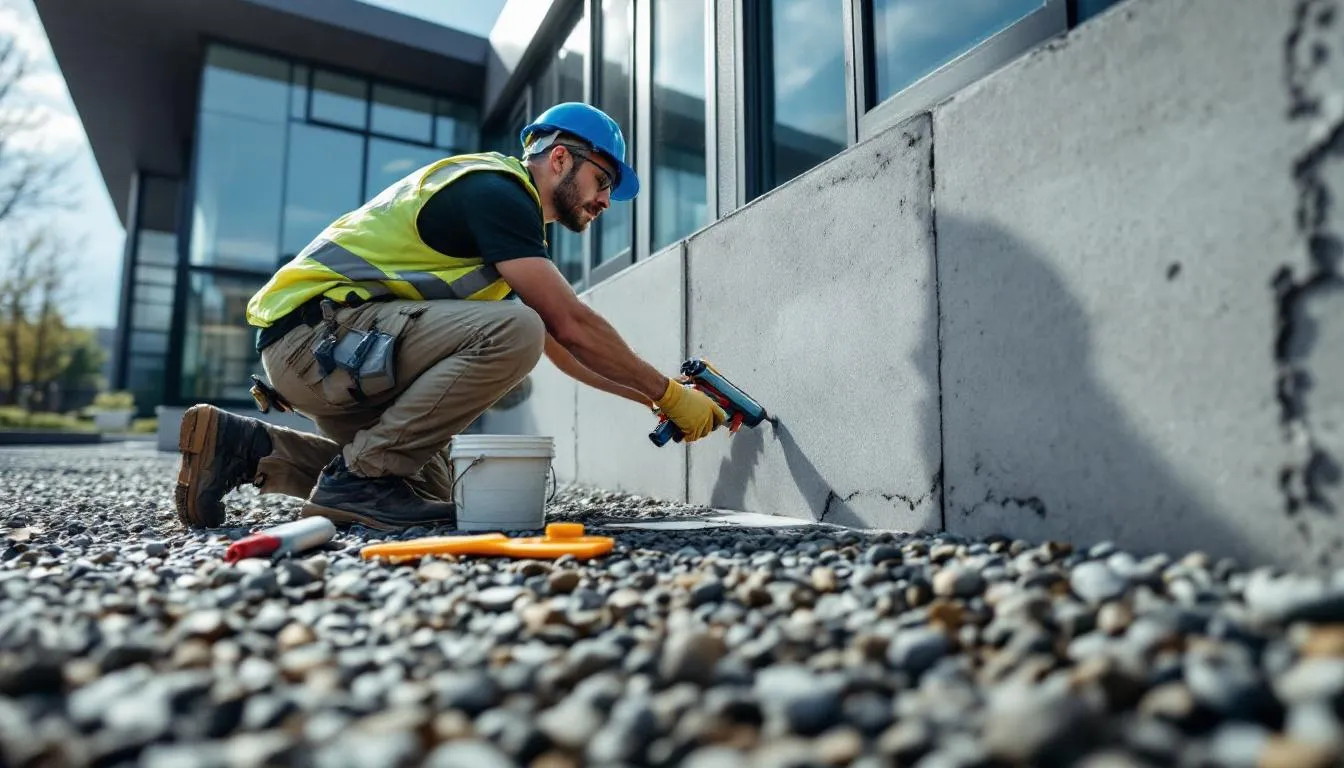
Prevention services often include recommendations for landscaping changes, exterior maintenance, and storage practices that make properties less attractive to rodents. This comprehensive approach addresses all factors that contribute to rodent problems.
Choosing the Right Cleanup Company
Look for certified biohazard technicians with specific training in rodent waste removal rather than general cleaning services that lack specialized expertise. Proper certification ensures that technicians understand the health risks involved and follow appropriate safety protocols during cleanup activities.
Verify that companies use EPA-approved disinfectants and commercial-grade HEPA equipment rather than standard cleaning supplies and household equipment. The quality of equipment and materials directly impacts the effectiveness of cleanup efforts and the safety of the process.
Choose companies offering ATP testing to verify successful decontamination through scientific measurement rather than visual assessment alone. ATP testing provides objective evidence that all organic contamination has been eliminated, ensuring that cleanup efforts achieve their intended goals.
Select services that include insurance billing and provide written guarantees for work performed to protect your investment in professional cleanup. Insurance coordination simplifies the financial aspects of cleanup while guarantees demonstrate confidence in service quality.
Ensure that companies provide both cleanup and exclusion services for comprehensive rodent control that addresses current contamination and prevents future problems. Integrated services provide better value and more effective long-term solutions than cleanup alone.
When evaluating cleanup companies, ask about their disposal procedures, staff training programs, and compliance with local health regulations. Companies that can provide detailed information about their processes demonstrate the professionalism and expertise necessary for safe and effective cleanup services.
Professional rodent cleanup service represents a critical investment in health protection that cannot be safely accomplished through DIY methods. The specialized equipment, training, and protocols required for safe cleanup of rodent waste justify the cost of professional services while protecting property owners from serious health risks and liability concerns.
The complexity of proper rodent waste cleanup extends far beyond simple cleaning to encompass biohazard management, disease prevention, and comprehensive property restoration. When facing rodent contamination, contacting certified professionals ensures that cleanup efforts meet safety standards while providing the peace of mind that comes from knowing the job has been done properly. Don’t risk your family’s health with inadequate cleanup methods—invest in professional rodent cleanup service that provides complete protection and lasting results.
Latest news
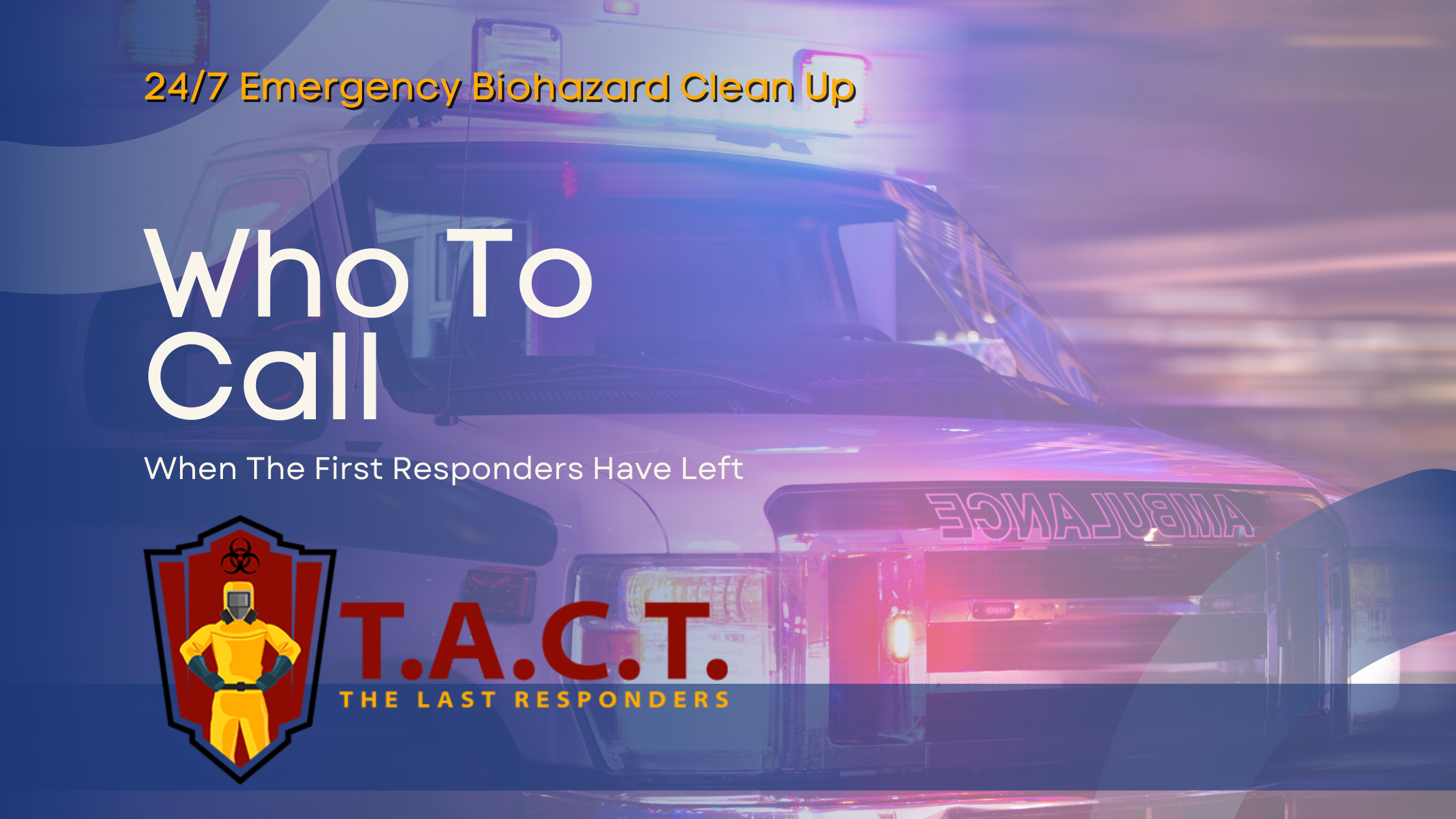
Bio Cleaning Services
Read More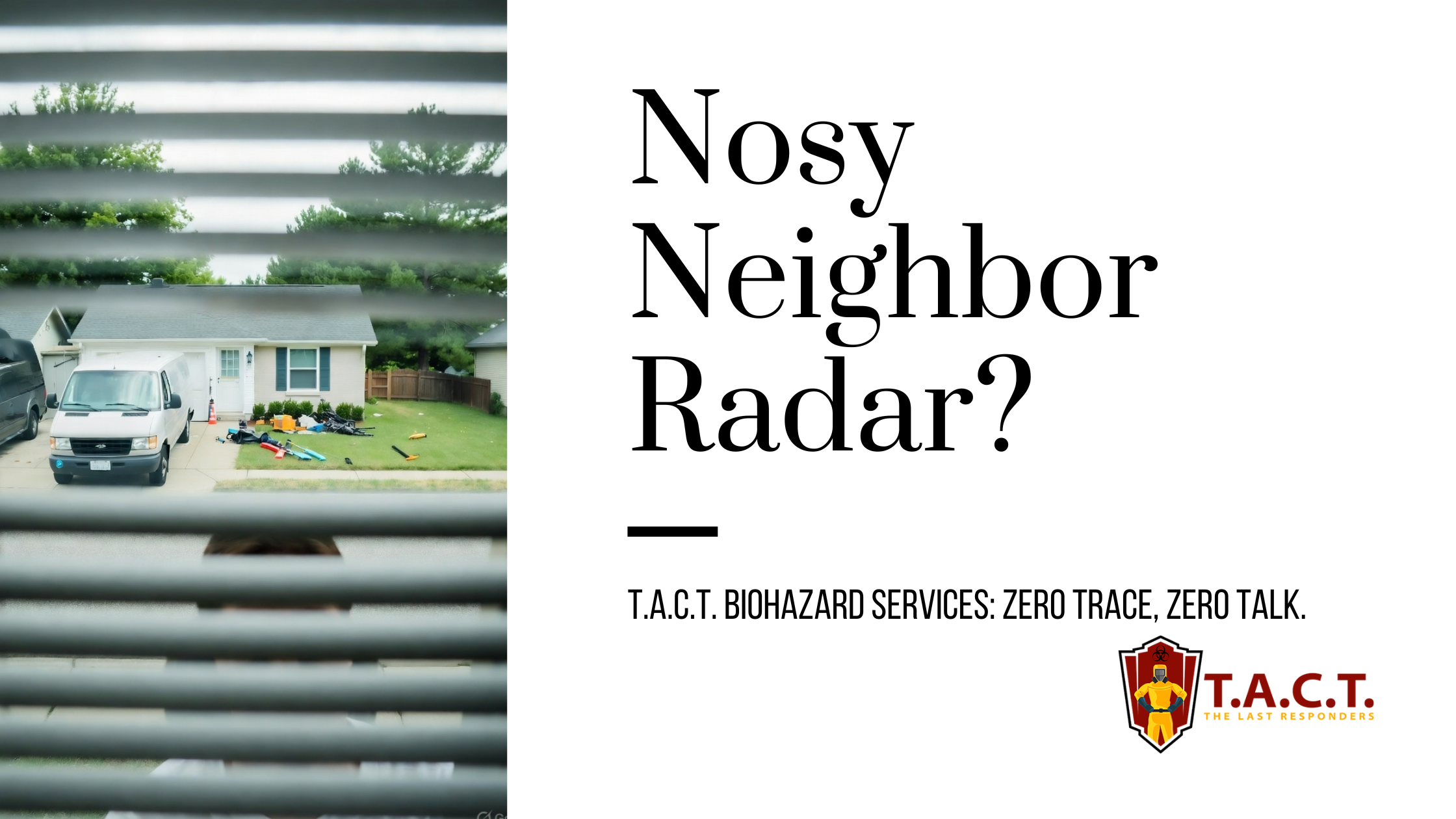
Nosy neighbors peeking? T.A.C.T. North Atlanta offers discreet biohazard remediation for rodent infestations, mold, hoarding, and more. Unmarked vehicles, quiet experts, full privacy—24/7 service at 470-781-4775.
Read More